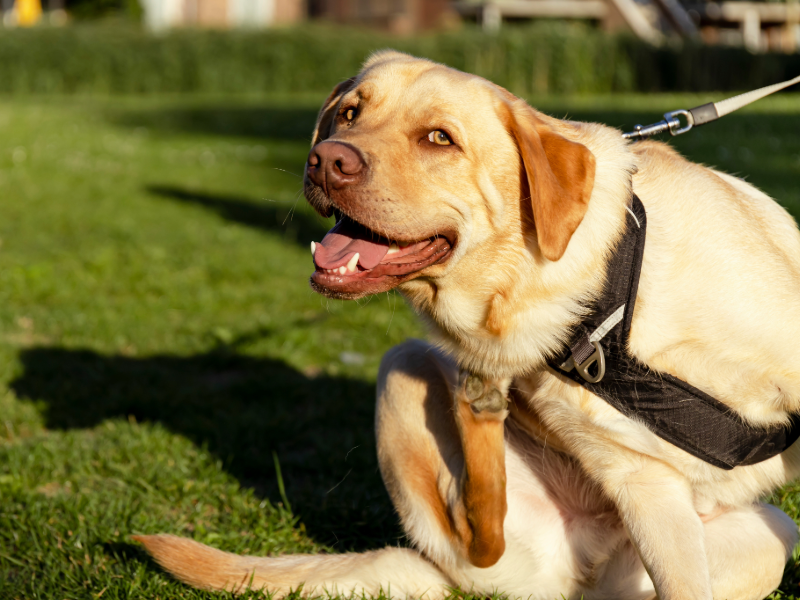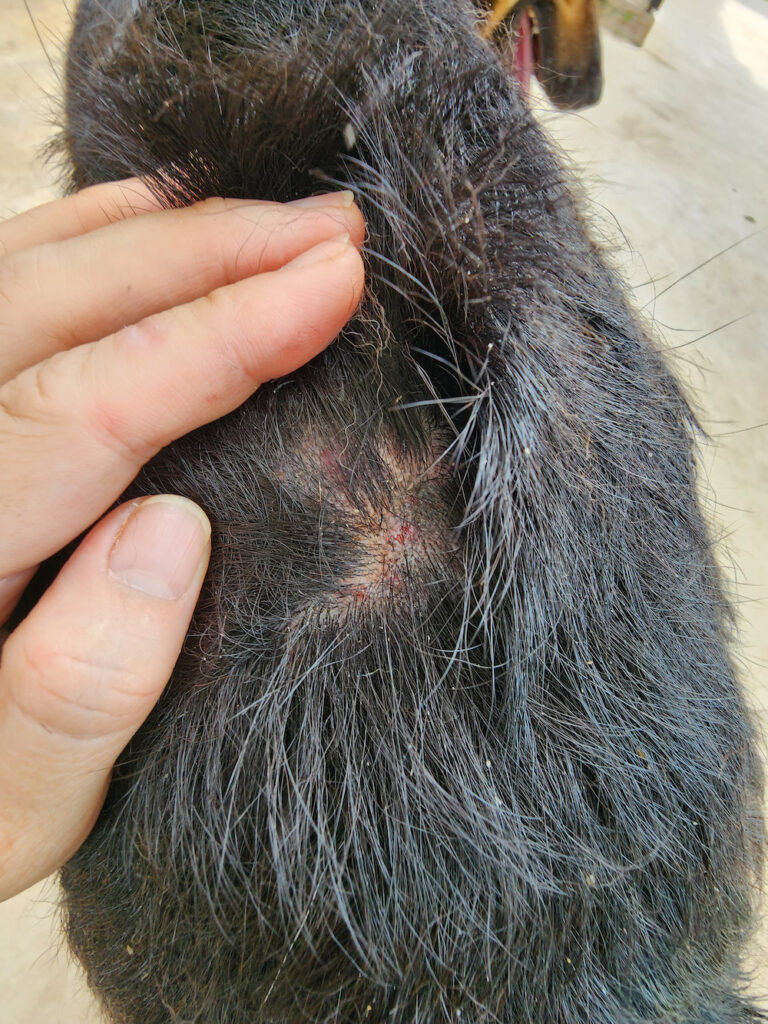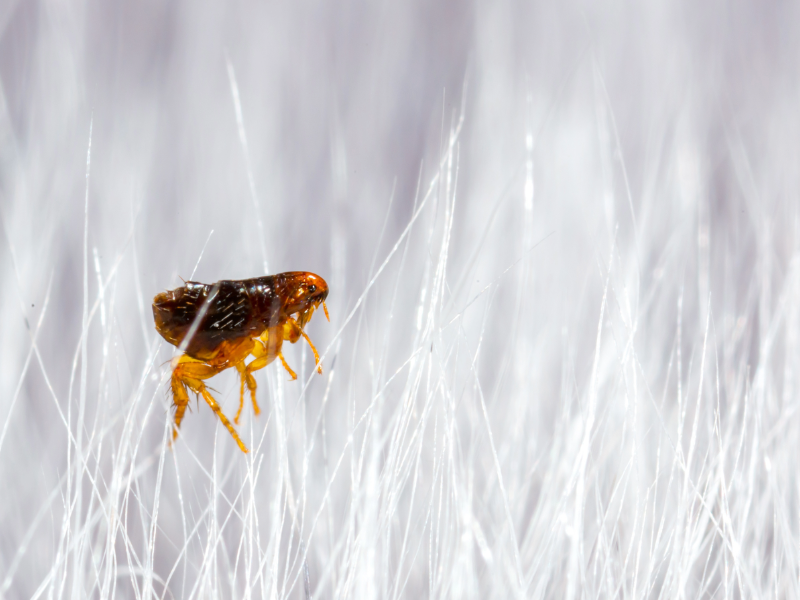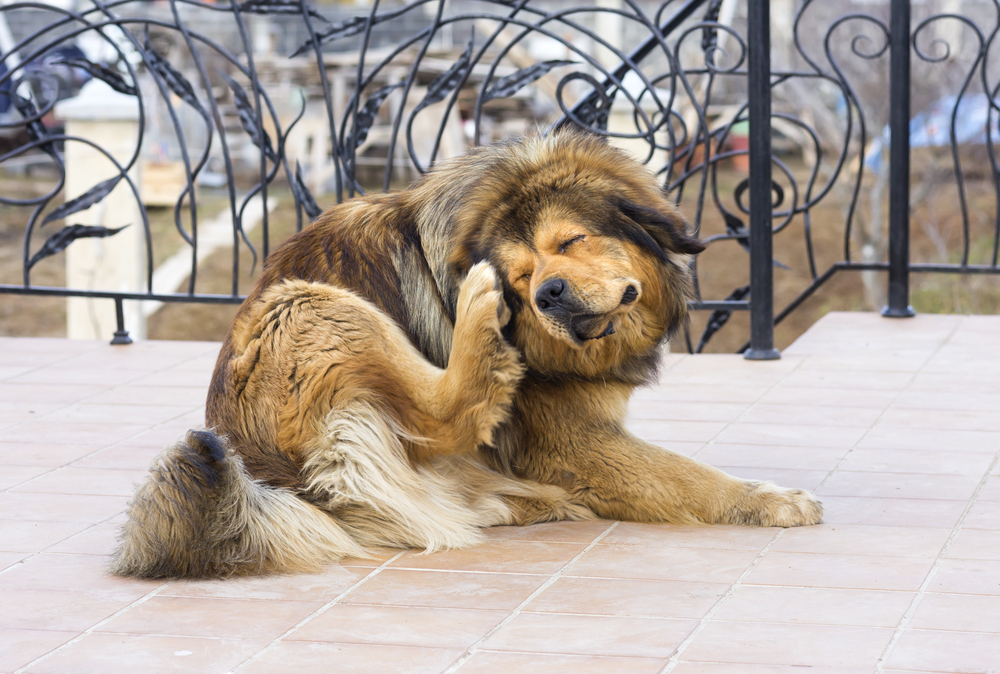Unveiling the unseen world of flea infestations: are these tiny terrors lurking in your home? In this piece, we delve into the telltale indicators that your furry friend—and potentially your home—are playing host to fleas.
From the subtle scratching to the more alarming signs, we’ll give you the top signs of fleas lurking in your home. Continue reading to find out more, and keep your furry friends safe!
How Fleas Get Indoors
A flea’s entry indoors often begins innocently enough, hitching a ride on our beloved furry companions. Pets, particularly those who spend time outdoors, inadvertently become carriers, ferrying fleas from the yard into our living spaces. These opportunistic parasites easily grasp onto the fur of dogs and cats, using them as unwitting vehicles for their indoor escapades.
But it’s not just our four-legged friends who provide a gateway for fleas. These crafty critters are resourceful in finding alternate routes into our homes. Fleas can also attach themselves to our clothing or shoes, particularly after spending time in infested outdoor areas. Once inside, fleas eagerly seek out warm, humid environments to thrive, like the cozy nooks of our carpets, upholstery, and bedding.
Signs of Fleas on Your Pet & In Your Home
Have you ever noticed your furry friend acting slightly off lately, maybe scratching a little more than usual? It could be fleas. But how can you be sure? Here are nine unmistakable signs to keep an eye out for:

Sign #1: Excessive Scratching
It could be a red flag for fleas if you see your pet scratching themselves excessively, especially near the back of their head or neck. These pesky parasites often linger in hard-to-reach spots, making them difficult for pets to groom away.
While occasional scratching is normal, persistent scratching or biting should raise concerns. Monitor your pet’s behavior and note if it intensifies or becomes more frequent over time.
Sign #2: Rapid Hair Loss
Constant scratching and biting at flea bites can lead to more than just discomfort for your pet— it can result in irritated skin and subsequent hair loss in affected areas.
Keep a close eye on your furry friend’s coat, paying particular attention to any sudden patches of baldness. If you notice bald spots appearing alongside increased scratching behavior, it could be a sign of fleas that need prompt attention.
Sign #3: Flea Dirt
Flea dirt, or droppings, manifests as tiny black specks on your pet’s fur or bedding. These specks are actually digested blood excreted by fleas and tend to gather around the base of the fur, resembling small black pepper flakes.
To identify flea dirt, gently part your pet’s fur and inspect closely, paying special attention to areas like the neck and tail where fleas often congregate. If you detect any signs of fleas or flea dirt, taking swift action is crucial to tackle the infestation and alleviate your pet’s discomfort.
Sign #4: Red or Inflamed Skin
Flea bites can cause irritation and inflammation, leading to redness and discomfort for your pet. Check for reddened or inflamed skin around the groin, armpits, and belly. If you notice any abnormalities or changes in your pet’s skin condition, consult your veterinarian for a thorough examination and appropriate treatment options.

While your primary concern might be your pet, you might become the flea’s next target. If you frequently walk around barefoot indoors and notice small, red bites around your ankles and knees, chances are fleas are the culprits.
Sign #5: Restlessness or Agitation
Another sign of fleas indoors may relate to your pet’s demeanor. Dogs or cats struggling with fleas may appear agitated or unsettled, often accompanied by increased grooming behavior.
Monitor your pet’s behavior and note if they display any unusual behaviors or vocalizations that could indicate discomfort or distress.
Sign #6: Pale Gums
Anemia, a consequence of fleas feeding on your pet’s blood, may manifest as pale or white gums. Inspect your pet’s gums for paleness, as this could signify a more serious flea infestation that warrants prompt veterinary care.
If you observe any irregularities in your pet’s gum color or overall well-being, you should seek guidance from your veterinarian for a thorough assessment and suitable treatment options.
Sign #7: Flea Bite Dermatitis
Flea bite dermatitis, a common skin condition caused by an allergic reaction to flea saliva, is another common sign of fleas. Pets with flea bite dermatitis may experience intense itching, redness, and skin lesions at the site of flea bites.
If left untreated, this condition can worsen and lead to secondary infections. If you suspect your pet has flea bite dermatitis, seek veterinary care for diagnosis and treatment. Your vet can prescribe medications, recommend topical treatments, and provide supportive care to help manage your pet’s symptoms and prevent complications.
Sign #8: Visible Fleas
Want to know one of the easiest ways to know if you have fleas in your home? You can often see them!
In more severe instances, you may begin seeing obvious signs of fleas on your pet’s fur or bedding. These tiny, reddish-brown insects are visible to the naked eye without the need for magnification. You may also come across minute white or translucent flea eggs resembling grains of salt nestled within your pet’s fur.
Sign #9 Allergic Reactions
What exactly do flea bites feel like? Flea bites are generally mild, but you and your pets may develop allergic reactions to flea saliva, leading to symptoms such as excessive itching, redness, swelling, or even skin infections. If your pet exhibits signs of an allergic reaction, consult your veterinarian for appropriate treatment options.
While severe reactions to fleas are rare, we recommend you contact your doctor if your symptoms are not improving or worsening.
Eliminate Fleas in Washington & Oregon with Natura!
Are you noticing signs of fleas in your home? Turn to Natura, your top pest control expert in the Washington-Vancouver Metropolitin area. At Natura, we take a proactive approach to flea control to keep your home and yard pest-free. Our specialized treatments target fleas at the source, preventing infestations from taking hold and spreading.

Using a combination of outdoor barriers and granular yard treatments, we create a protective shield against fleas, stopping them in their tracks and eliminating breeding grounds.
Whether you’re noticing signs of fleas in your home or looking to prevent future outbreaks, we have the expertise and resources to ensure effective flea control and give you peace of mind for you and your pets.



